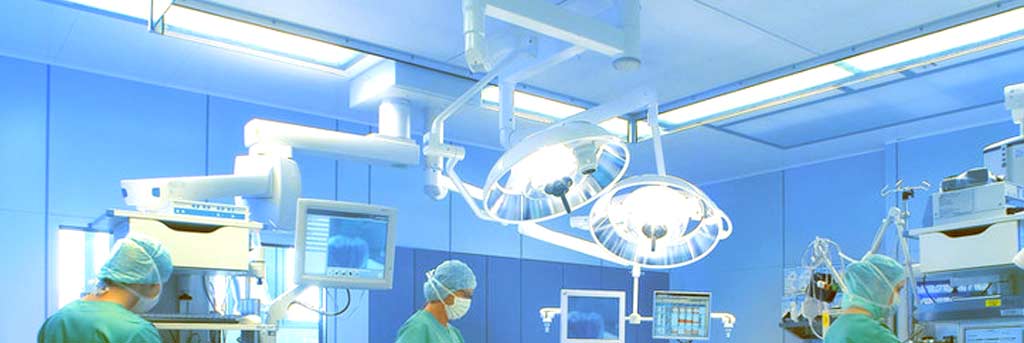 MICROSURGERY
MICROSURGERY
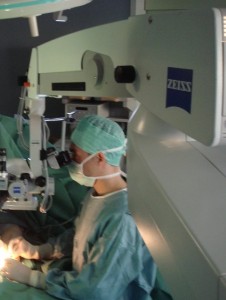 I remember at a conference in Philadelphia a well-known colleague of Cincinnati saying “A day with microsurgery is a day with a sunshine”
I remember at a conference in Philadelphia a well-known colleague of Cincinnati saying “A day with microsurgery is a day with a sunshine”
I think this is one of the most interesting and funny activity for a hand surgeon, especially if the microsurgeon loves to rebuild/reconnect any damaged structure after a traumatic event or restoring sensitivity after a transient period. Any body part working but without sensitivity is useless and can be hardly moved because a good sensitivity helps movements.
The aesthetic and more often the functional result of a body part repositioned in the same location where It was initially remains unbeatable compared to any artificial solution also for the psychological influences in terms of body image manteinance.
For the aforementioned reason if indicated and in the absence of contraindications, everything must be done immediately and quickly to restore the integrity of distal parts of the patient. The sense of social exclusion and segregation due to an accident should be prevented in the 20th century.
Six hours is the average maximum time allowed for replanting a limb previously amputated. The final result depends on the first diagnostic and therapeutic approach as secondary corrections will never give a complete “restitutio ad integrum”.
Our statistics say that more often hand injuries arrive in the emergency room in the late afternoon, so these lengthy procedures usually end in the late evening or in the night. For these reasons, the training to learn these techniques must be done in centers of excellence and for long periods of time to refine the techniques and get used to these rhythms.
Reconstructive microsurgery is useful while dealing with finger or limb replantations, transplantation of vascularized tissues from a donor, nerve sutures, nerve transplants, transfers of nerves or vessels, soft tissues losses as a result of accidents, cancer or skin diseases.
ATHLETIC INJURIES AND TENDINITIS
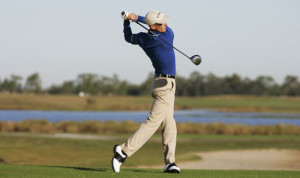 Athletic injuries in the hand, wrist and elbow are often misdiagnosed and undertreated. Chronic and overuse injuries, like golfer’s elbow, often go untreated due to the athlete’s reluctance to seek medical attention. This is because in many sports, the athlete can compensate with some of these injuries. However, a more preventable issue may be the inaccurate diagnoses and inadequate treatment often afforded the hand and upper extremity in athletes. This is where the physician and ancillary health specialist can improve their management of these challenging and often obscure injuries. In many instances, the hand surgeon should be involved at an early stage of treatment and to ensure an accurate diagnosis.The common injuries in the hand and wrist are often sports specific and often aptly named. For example, jersey finger is an avulsion of the flexor profundus tendon that occurs when the athlete grabs the opponents jersey as they pull away. This leads to a sudden and resisted hyperextension force that avulses the tendon at its insertion site.
Athletic injuries in the hand, wrist and elbow are often misdiagnosed and undertreated. Chronic and overuse injuries, like golfer’s elbow, often go untreated due to the athlete’s reluctance to seek medical attention. This is because in many sports, the athlete can compensate with some of these injuries. However, a more preventable issue may be the inaccurate diagnoses and inadequate treatment often afforded the hand and upper extremity in athletes. This is where the physician and ancillary health specialist can improve their management of these challenging and often obscure injuries. In many instances, the hand surgeon should be involved at an early stage of treatment and to ensure an accurate diagnosis.The common injuries in the hand and wrist are often sports specific and often aptly named. For example, jersey finger is an avulsion of the flexor profundus tendon that occurs when the athlete grabs the opponents jersey as they pull away. This leads to a sudden and resisted hyperextension force that avulses the tendon at its insertion site.
A mallet finger, typical in basketball and volleyball players, is an avulsion of the extensor tendon at the base of the distal phalanx with a consequent drop of the distal interphalangeal joint with a consequent aesthetic and functional problem. A strong surgical repair is necessary followed by appropriate therapy to maximize the passive range of motion and later the active flexion. Subsequent strengthening is of obvious particular importance in the competitive athlete. Blunt injuries can occur to the extensor mechanism as well and the wide range of complex joints in the hand and wrist (ligament injuries). One of the most frequent tendinitis, apart from lateral and medial epicondylitis, involves the wrist extensors. Also in these cases a correction of the repetitive movement and the use of the most advanced physical therapies leads to a complete recovery.
INJURY OF THE ULNAR COLLATERAL LIGAMENT OF THE THUMB
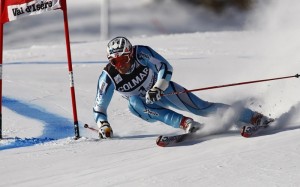 This injuries occurs more frequently in sports such as skiing, football (goalkeepers) and cycling. It may be associated to an avulsion fracture. In the presence of a bone fracture or a joint instability the correct approach is surgical to prevent chronic pain. Otherwise, a conservative should be undertaken with an early immobilization in a “custom-made” splint with an average 2-3 months of rehabilitation.
This injuries occurs more frequently in sports such as skiing, football (goalkeepers) and cycling. It may be associated to an avulsion fracture. In the presence of a bone fracture or a joint instability the correct approach is surgical to prevent chronic pain. Otherwise, a conservative should be undertaken with an early immobilization in a “custom-made” splint with an average 2-3 months of rehabilitation.
The innovation of the recent years is the introduction of an arthroscopic approach that with small incisions provide a better aesthetic final result and reducing the recovery time for sports and working activities.
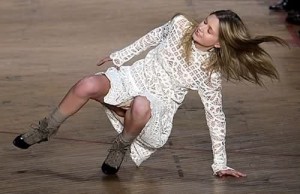 FRACTURES OF CARPAL SCAPHOID
FRACTURES OF CARPAL SCAPHOID
They represent the most frequent fracture of the carpal bones (about 85%), are often unrecognized at the first visit so the correct treatment is frequently delayed as well as the bone healing.
In addition to traditional clinical and radiographic examination really useful are CT and MRI done at early stages, the latter in particular to study the vascularization of the fractured bony portion, closest to the wrist. The type of bone fracture, the age and job of the patient are the main factors determining the final best therapeutic choice.
If indicated, bone fixation by screw reduces the healing time with faster functional recovery, compared to the cast immobilization which is about 8-12 weeks.
More recently for not dislocated fractures, a percutaneous fixation with a screw is possible
MALLET FINGER
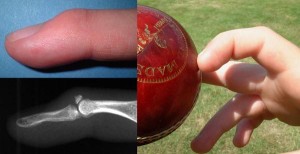 It’s a frequent extensor tendon injury, typical of some sports (basketball, volleyball, rugby). The tendon injury occurs at the base of the distal phalanx with a typical appearance of the fingertip dropping causing cosmetic and functional problem.
It’s a frequent extensor tendon injury, typical of some sports (basketball, volleyball, rugby). The tendon injury occurs at the base of the distal phalanx with a typical appearance of the fingertip dropping causing cosmetic and functional problem.
If the tendon lesion is not associated with an avulsion fracture the “gold standard” treatment is splinting the finger for 6-8 weeks with the PIP joint free. Otherwise surgical treatment is mandatory. I’m used to perform a mini-invasive surgery without skin incisions but only using small Kirschner wires inserted percutaneously which reduce and stabilize the bony fragments them in the anatomic position with a final healing. A comparative study I conducted in 2010 and published in a major international journal Chinese compared these minimally invasive techniques with the traditional open technique and did not demonstrate any statistically significant difference.
SCAPHO-LUNATE LIGAMENT INJURY
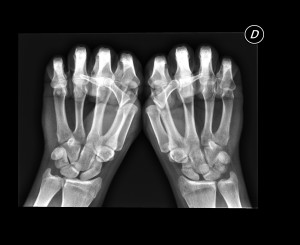
It’s the typical wrist ligament injury occurring in some sports (cycling, motorcycling, hockey). Its lesion leads to a sensation of deep “click” in the hand while twisting or grasping some tools and working equipment with final loss of grip and pinch strength.
The clinical diagnosis should be supported by conventional X-rays of the hand, dynamic X-rays, arthro-MRIs and eventual wrist arthroscopy if needed.
The “state –of-art” treatment of acute lesions is a direct suture, while for partial lesions an arthroscopic shrinkage followed by intensive hand therapy is indicated.
METACARPAL AND PHALANGEAL FRACTURES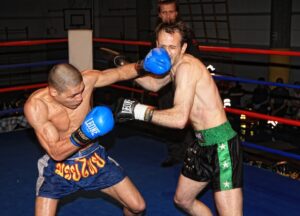
They are very frequent after falling on the hand or for direct trauma.
The best therapeutic approach is different depending on the location of the fracture, the particular finger and the type of fracture involved.
Usually intra-articular fractures require a surgical therapy with minimally invasive techniques and sometimes with the aid of the arthroscope in small joints of the fingers. Surgery usually reduces either the immobilization or healing time.


